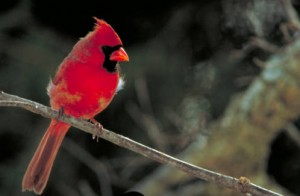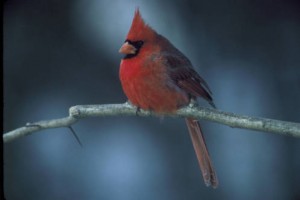Equinoctial Flight – 1855 and 1977
For us the cold keeps on, even as the light grows. So too it was for Henry Thoreau in March, 1855. Near the equinox that year, Henry crossed Fairhaven Bay on foot, estimating that he could probably do so for another “4 or 5 days.” Ice still skimmed over recent daymelts.
But light and life were everywhere and Henry was abroad on foot often, and his evening entries stretched out too. One in particular formed an equinoctial narrative, complete with plot and characters played out over two days.
On March 22nd, Thoreau wrote of his afternoon walk:
Going [along] the steep side-hill on the south of the pond about 4 P.M. on the edge of the little patch of wood which choppers have not yet leveled…I observed a rotten and hollow hemlock stump about two feet high and six inches in diameter, and instinctively approached with my right hand ready to cover it. I found a flying squirrel in it, which, as my left hand had covered a small hole in the bottom, ran directly into my right hand. It struggled and bit not a little, but my cotton glove protected me, and I felt its teeth only once or twice.
Thoreau carried the resisting squirrel home with him rolled up in his handkerchief, and, as we would expect, made a study of him. Once home in his room, Thoreau released the squirrel, holding him only by description, which, as we would also expect, was precise: “Color, as I remember, above a chestnut ash, inclining to fawn or cream color (?), slightly browned; beneath white, the upper edge of its wings (?) tinged yellow, the upper dark, perhaps black, making a dark stripe.” Flying or “sailing,” however, wasn’t easy in a room’s confines, where walls and slippery surfaces mystified and subdued the little squirrel; when it grew quiet, Thoreau noted, “In a few moments it allowed me to stroke it, though far from confident.”
Then, on the 23rd, he
carried my squirrel back to the woods in my handkerchief. I placed it, about 3:30 P.M., on the very stump I had taken it from. It immediately ran about a rod over the leaves and up a slender maple sapling about ten feet, then after a moment’s pause sprang off and skimmed downward toward a large maple nine feet distant, whose trunk it struck three or four feet from the ground. This it rapidly ascended on the opposite side from me, nearly thirty feet, and there clung to the main stem with its head downward, eyeing me.
Well, yes…as would we all.
Thoreau then did what one would expect: he marked the spot of initial ascent and measured each flight as the squirrel “skimmed its way like a hawk between and around the trees.”
The long, detailed wonder of this entry struck me as having the essence of spring in it. It took me back also to this little story of flying squirrels, set in the New Hampshire woods of 1977:
In this winter of storm, the tough iced hide of March snow still covers the sun slope. I’ve made a chair of my old, gut-strung snowshoes, and while my dog, Wally, noses and snuffles around the bases of beech trees, I lean back, close my eyes and feel the sun take my face and then my mind. Adrift in the play of warm air laced with fingers of cool, I half-dream; my breathing slows. Finally my mind quiets; images and thoughts slide beneath the surface.
When I open my eyes, I’m looking up into the branches of the hillside beeches. A cerulean sky backs a dark gray canopy. The sun has edged west to my right cheek. No wind stirs. Wally lies curled in a ball of sleep. My fingers play idly with his copper fur; he wakes and stretches. A squirrel emerges from a near tree’s trunk and climbs ten feet to a branch where it sits, tail curved. Wally tracks it with his eyes. The squirrel runs out along the branch and jumps. I blink, straighten up. A squirrel with a death wish! I wonder. The tiny body hangs against the blue backdrop, then begins to fall. But then the squirrel spreads its legs, and folds of skin unseen before form air-catching arcs; it soars downhill fifty feet, heading for a smash-up with a trunk, when, bare feet away, it pulls its head up, bent nearly to its back, stalls in midair, then settles onto its sharp claws and climbs this next tree.
In the afternoon sun a whole troupe of northern flying squirrels emerges and strings together this grove with flight. Wally runs to ground from tree to tree, but they never fall.
Note: I found news of an intriguing experiment in support of flying squirrels at the following blog-address: http://newsforsquirrels.blogspot.com/2013/05/why-did-flying-squirrel-cross-road.html




